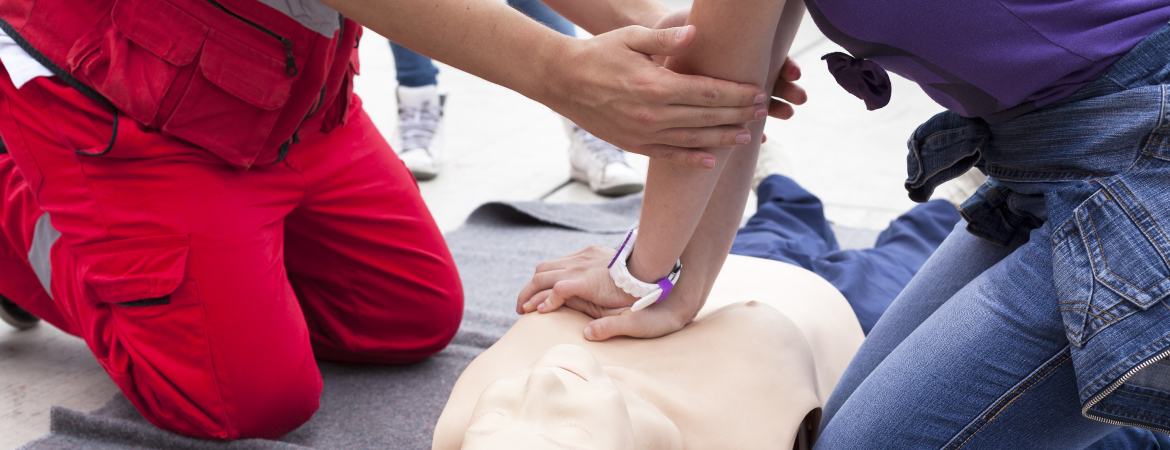
5 essential first aid tips
How would you respond to a burn from a stove, a dog bite, or your child who has fallen and scraped their knee? Minor injuries can happen every day, usually in the blink of an eye, and most can be easily treated at home. Keep the right items at hand and be mindful of how to deal with these injuries quickly and calmly.
While it’s perhaps improbable to always know exactly what to do, understanding the basics can go a long way towards preventing serious injury. Start by investing in a properly stocked first aid kit, which can be a lifesaver if someone needs immediate care.
Keep the kit filled with the essentials by replenishing the items regularly. Brush up on the basics of first aid, and consider taking a CPR class.
1. Scrapes and cuts
- Wash your hands. To prevent bacteria from infecting the wound, wash with soap and water before treatment. If there’s no water, use hand sanitiser, which usually has a quantity of alcohol that can sterilise wounds.
- Stop the bleeding. Use a gauze pad or clean towel to apply pressure to the wound. Continue applying pressure for a while.
- Clean the wound. When the bleeding stops, apply a saline wound wash or rinse the cut under cold water. Apply soap and dab around the wound with a wet cloth. Try to avoid getting soap in the wound as this could irritate the skin. Also, don’t use iodine or hydrogen peroxide, as these may irritate the wound.
- Remove any dirt. To remove dirt, gravel, glass or other foreign objects from the cut, use a pair of tweezers that have been cleaned with alcohol.
Consult a doctor if:
- The cut is long, deep or has sharp edges. You might need a tetanus shot and stitches.
- It’s an animal or human bite.
- The bleeding doesn’t stop even with applied pressure.
- The person has a high fever.
- The skin around the wound is swollen and develops red streaks.
- Pus oozes from the wound.
2. Breathing emergency
Cardiopulmonary Resuscitation (CPR) is an emergency procedure performed when the heart stops beating.
- Check the person’s breathing and call for an ambulance.
- Move the patient to a flat, level surface.
- Monitor the person for about 10 seconds.
- Make sure there’s nothing blocking their airway.
- Do 30 chest compressions, then two rescue breaths.
- Repeat these movements until an ambulance arrives.
3. Sprains or strains
- To reduce swelling, apply ice to the affected area for 20 minutes at a time. Using heat could cause the swelling to get worse.
- Wrap an elastic bandage or splint around the sprain or strain.
- Get the person to sit in a position that keeps the wounded body part upright.
- To ease the discomfort, give them an over-the-counter medication for pain relief. First make sure that they’re not allergic to the medication.
- If there’s serious strain and pain, get them to a doctor.
4. Burns
- When treating burns, begin by cooling the burn for about 20 minutes under cool running water.
- Don’t use ice at this point and definitely don’t apply any cream, ointment or butter to the burn!
- Use cling wrap to cover the burn once it has cooled.
- Apply a burn treatment from the first aid kit and consider contacting an ambulance if the burn puffs up or starts blistering.
5. Insect stings
- Try to gently remove the stinger from the skin. This helps prevent the poison from entering your body. Scrape off the stinger with a blunt knife or the edge of a credit card.
- Wash the area around the sting with soap and water once the stinger has been removed.
- Apply an ice pack or cold cloth to prevent swelling.
- Dab some calamine lotion or insect remedy from the first aid kit to ease discomfort.
- Use a spray or lotion with hydrocortisone or an antihistamine to stop the itching.
Keep your first aid kit in a convenient place that’s out of the reach of children.
Disclaimer
This article is for informational purposes only. Always check with your doctor or medical practitioner about any health concerns, before embarking on any fitness or nutrition programme, and usage of any medication.
